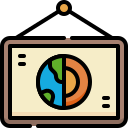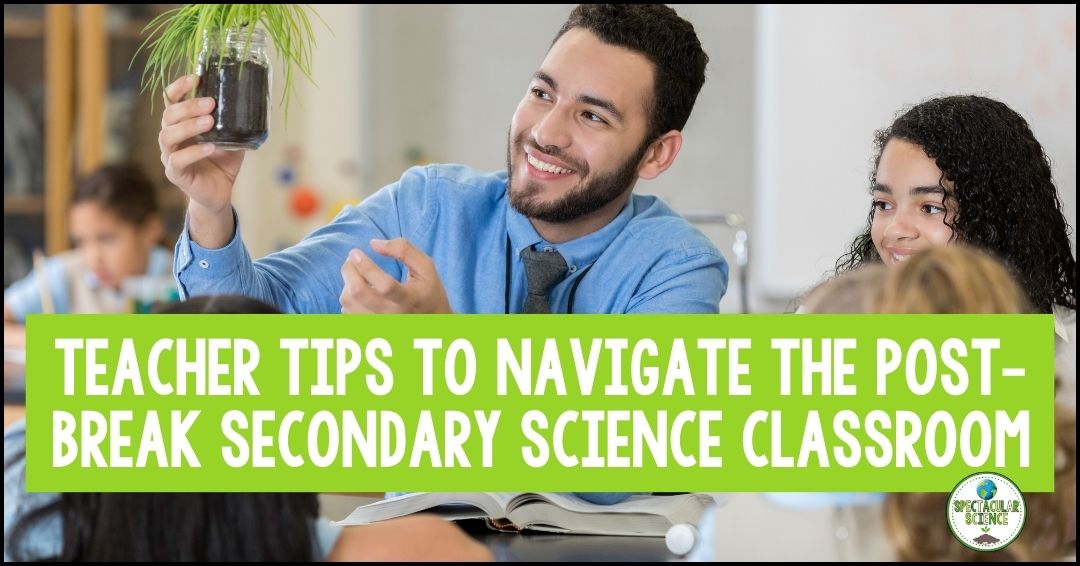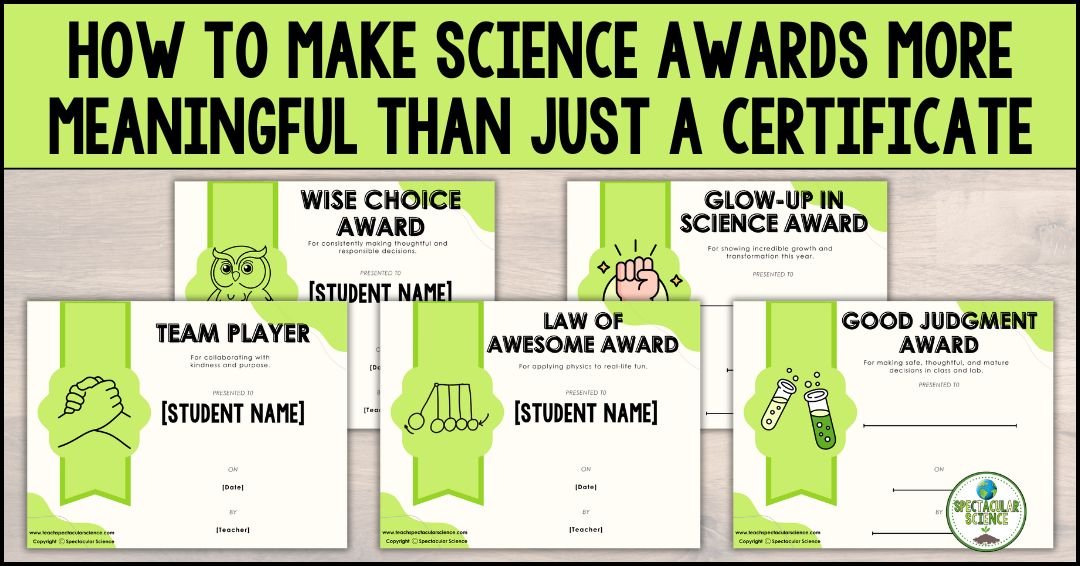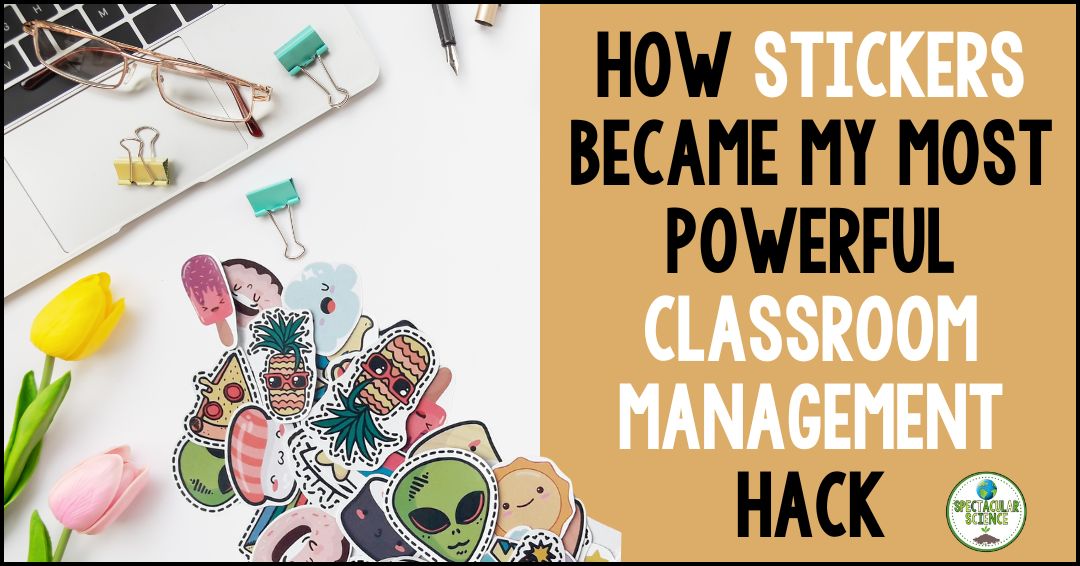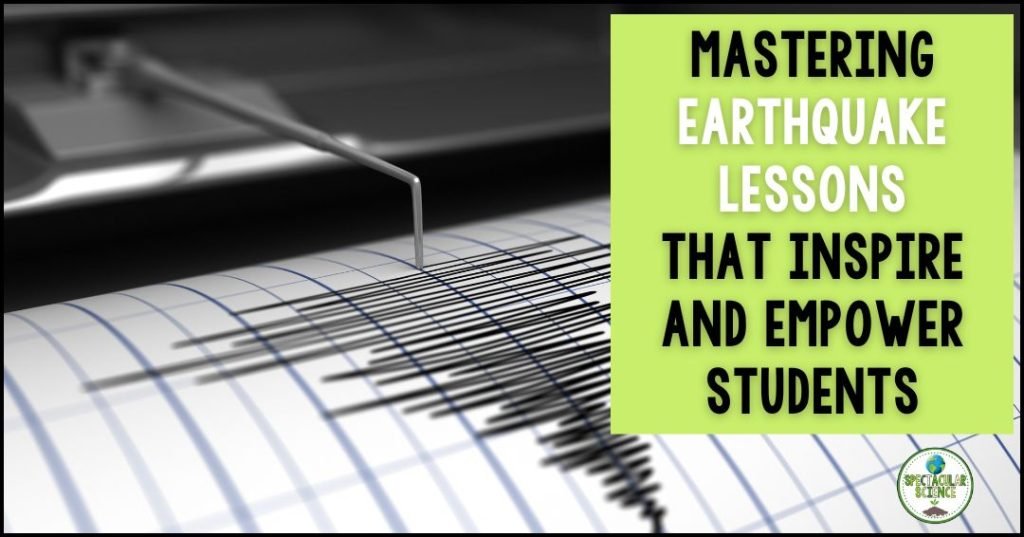
Imagine the ground beneath your feet suddenly shaking, buildings swaying, and the world around you rattling as if in turmoil. Earthquakes can be awe-inspiring, terrifying, and fascinating all at once—and they offer an incredible opportunity for students to connect with the science of our planet in a very real way. Teaching about earthquakes isn’t just about explaining a natural disaster; it’s about showing your students how the Earth is constantly shifting, moving, and changing right beneath them.
But how do you make these powerful forces of nature come alive for your students? How do you turn complex science into something memorable, something that sticks? The key is to build engaging, hands-on earthquake lessons that spark curiosity, encourage exploration, and provide students with real-world skills. Here’s how to transform your earthquake lessons into experiences that your students won’t forget.
Starting with the Basics
To lay the groundwork for an unforgettable earthquake lesson, begin with the basics. Think of it as setting the stage for an exciting adventure into Earth’s inner workings. What exactly is an earthquake? Why does the ground shake? And what causes these unpredictable events? Keep things simple and accessible by breaking down big concepts like tectonic plates, fault lines, and the release of energy. By starting with the fundamentals, you give students the foundation they need to tackle more complex topics down the road.
The trick here is to make the material relatable. You can compare Earth’s tectonic plates to puzzle pieces that slowly move and shift over time. When these pieces “stick” and then suddenly slip, it releases energy in the form of seismic waves. You might even ask your students if they’ve ever seen a cracked sidewalk or had a small tremor during an earthquake. These simple connections help them visualize what’s happening beneath the surface.
Pro Tip: Use relatable analogies to simplify complex ideas. For example, compare fault lines to a stuck zipper that suddenly unzips, releasing energy.
For a comprehensive and engaging resource, the Earthquakes and Seismic Waves Presentations & Notes will give you the tools to clearly explain these concepts. This resource comes with visuals, notes, and structured slides that will save you time while ensuring your students understand the basics before moving on to more advanced topics.
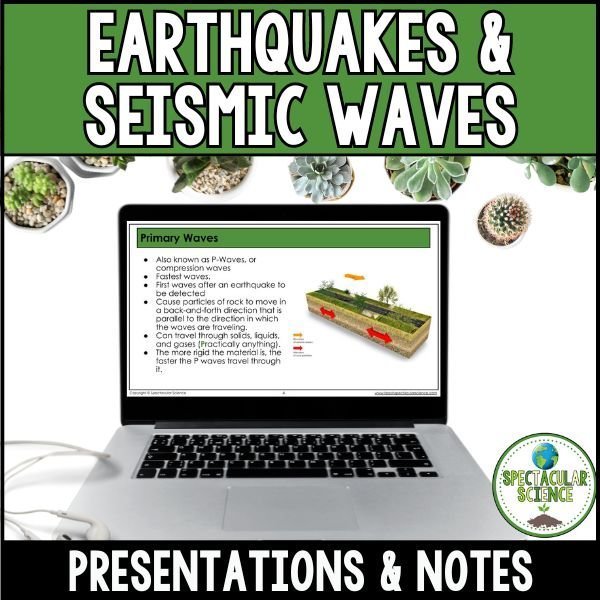
Bring Earthquakes to Life with Visuals
Visual aids are essential when teaching abstract concepts like earthquakes. Diagrams, animations, and videos can help students visualize the forces at play beneath the Earth’s surface. Use animations to show how tectonic plates shift and how seismic waves travel, and videos that demonstrate real earthquake footage. These visuals will help students not only understand the science but also feel the real-world implications.
Pro Tip: Use interactive tools like a slinky or rope to demonstrate seismic waves in action. This hands-on demonstration helps students see and feel the waves, reinforcing what they’ve learned. Students will love the chance to be physically involved!
For an even deeper dive into the science of earthquakes, the Locating Earthquake Epicenter Lab allows students to simulate the process of finding an earthquake’s epicenter. By analyzing seismic data, students will apply the concepts they’ve learned in a hands-on way, making the lesson much more impactful and memorable.

Explore the Real-World Impact of Earthquakes
Teaching about the science of earthquakes is important, but it’s just as essential to explore how they affect the world. Discuss how earthquakes can destroy buildings, change landscapes, and disrupt entire communities. Bring real-world events into the classroom, like the 2011 Tōhoku earthquake or the 1906 San Francisco earthquake, to show students the global impact.
Pro Tip: Use before-and-after photos or videos of real earthquake zones. This makes the science feel more tangible and relatable. If possible, show footage of the aftermath of natural disasters like tsunamis, aftershocks, or collapsed structures.
To enhance this real-world connection, you can use the Earthquakes Science Digital Escape Room, which immerses students in solving real-world earthquake-related challenges. The escape room format not only encourages teamwork but also allows students to engage in problem-solving while applying their knowledge in a fun and exciting way.
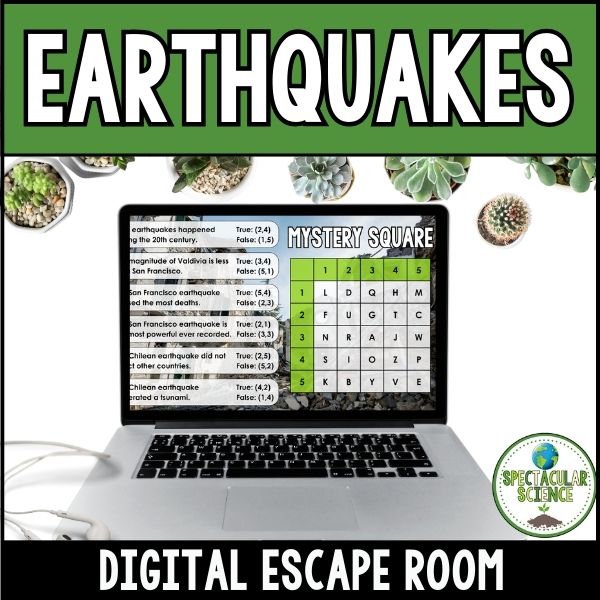
Want to take earthquake engineering to the next level? Check out my brand-new Quake-Proof Tower Challenge! In this hands-on STEM challenge, students will design and build a tower that can withstand simulated earthquakes. They’ll apply engineering and physics concepts while putting their designs to the test on a shake table. This activity is perfect for getting students excited about structural engineering and real-world problem-solving!
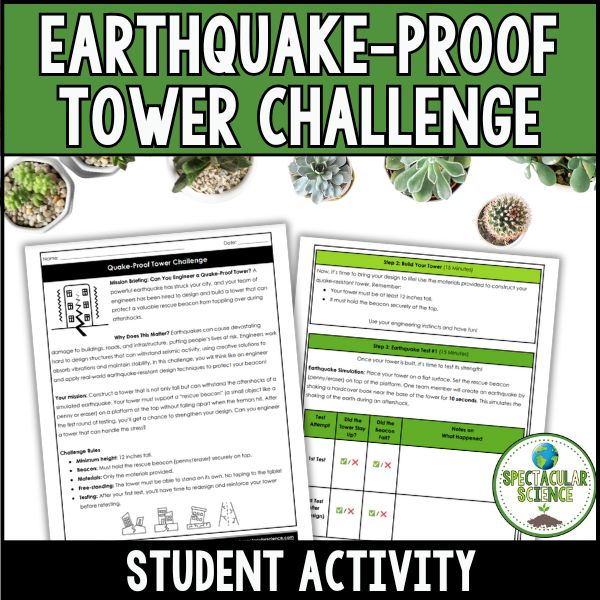
Encourage Questions and Foster Curiosity
One of the most powerful ways to make your earthquake lessons unforgettable is to encourage your students to ask questions. Earthquakes are full of fascinating, sometimes strange, facts—like how scientists predict earthquakes or how they measure seismic waves. Encouraging your students to ask questions creates an atmosphere of curiosity, which helps foster deeper understanding.
Pro Tip: Create a “Question Wall” in your classroom where students can anonymously post their questions about earthquakes. You can address these questions during class discussions or create a fun “Question of the Day” to explore. This gives students a sense of ownership in their learning.
Another great way to dive into student curiosity is through Earthquakes Research Project. This allows students to research earthquake-related topics, from specific historical earthquakes to modern earthquake prediction technology. This research project gives students the chance to dive into topics they’re genuinely curious about and share what they’ve learned with their peers.

Make Earthquakes Personal: Connect to Students’ Lives
Making a topic personal can transform a lesson from “just another science class” into something your students care about. Ask students if they have ever felt the ground shake or if they know anyone who has experienced an earthquake. You could also ask them to imagine what it would be like if their town were hit by an earthquake.
Pro Tip: If your students haven’t experienced an earthquake firsthand, take them on a virtual field trip to earthquake-prone regions like California or Japan. Use tools like Google Earth to explore fault lines, seismic zones, and even historical earthquake damage. This adds a layer of real-world context that engages students.
For an even more immersive experience, use the Earthquakes Virtual Field Trip. This resource takes students on a journey to earthquake zones around the world, showing them how earthquakes shape landscapes and affect real people. Virtual field trips are a great way to bring global perspectives into your classroom without leaving the school.
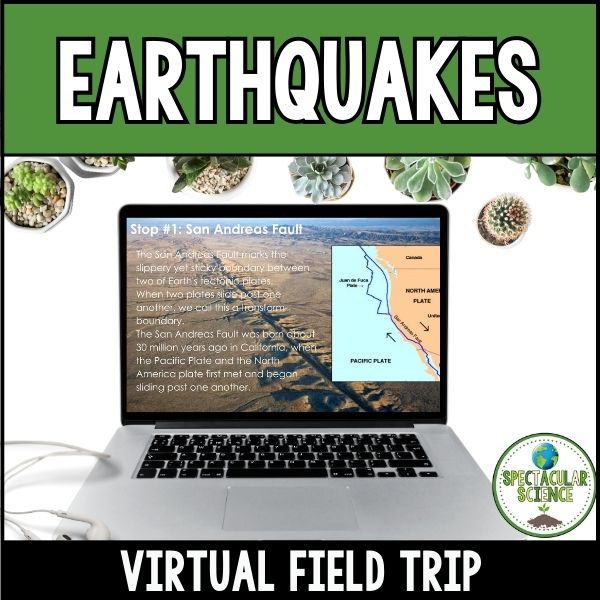
If the idea of using virtual field trips interests you, be sure to check out this blog on how to effectively integrate virtual field trips into your classroom. It will give you more insight into how you can bring immersive learning experiences to students in various subjects, not just in earthquake lessons!
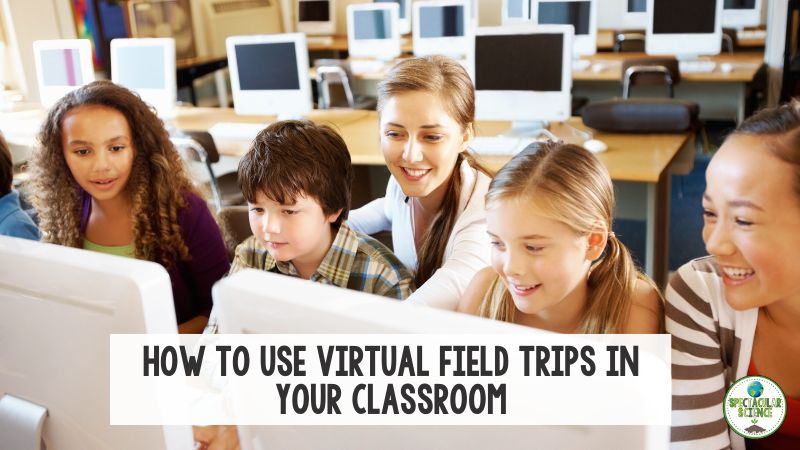
Wrap Up with Earthquake Preparedness: Lifelong Lessons
Even if your students don’t live in an area prone to earthquakes, the lessons learned from earthquake preparedness are universally valuable. Understanding how to stay calm in an emergency, follow safety protocols, and be prepared for natural disasters can benefit students, no matter where they live. Encourage students to think about other types of natural disasters that could affect them—like hurricanes, tornadoes, or floods—and how the general principles of disaster preparedness apply.
Pro Tip: Have students create a “Disaster Preparedness Plan” for their families, including emergency contact numbers, safe meeting spots, and necessary supplies. This not only teaches earthquake safety but also fosters practical life skills that students can use in other situations.
By emphasizing preparedness over fear, you’re giving your students the tools to take control of their own safety, instilling confidence that they can handle unexpected situations. Plus, these lessons are a reminder that being informed and ready for the unknown is something every student can benefit from in the future.

To take your earthquake lessons even further, consider using my Earthquakes Unit, which is packed with resources that will help students dive deeper into understanding earthquakes, from the science behind seismic waves to earthquake preparedness. This unit includes engaging activities, real-world connections, and hands-on labs and projects that will make your earthquake lessons memorable and impactful. If you’re ready to inspire and empower your students with more comprehensive earthquake lessons, this resource is just what you need!


